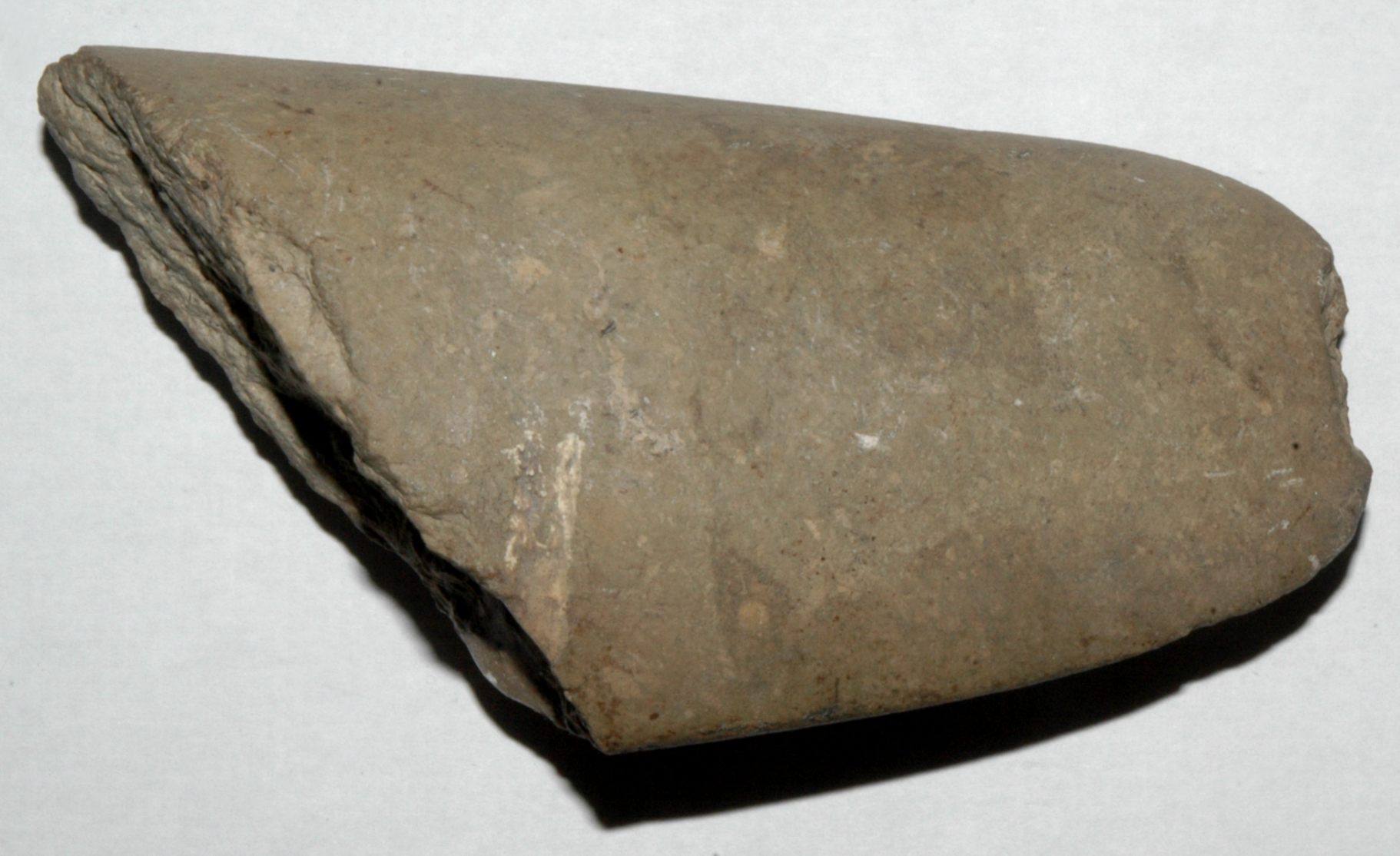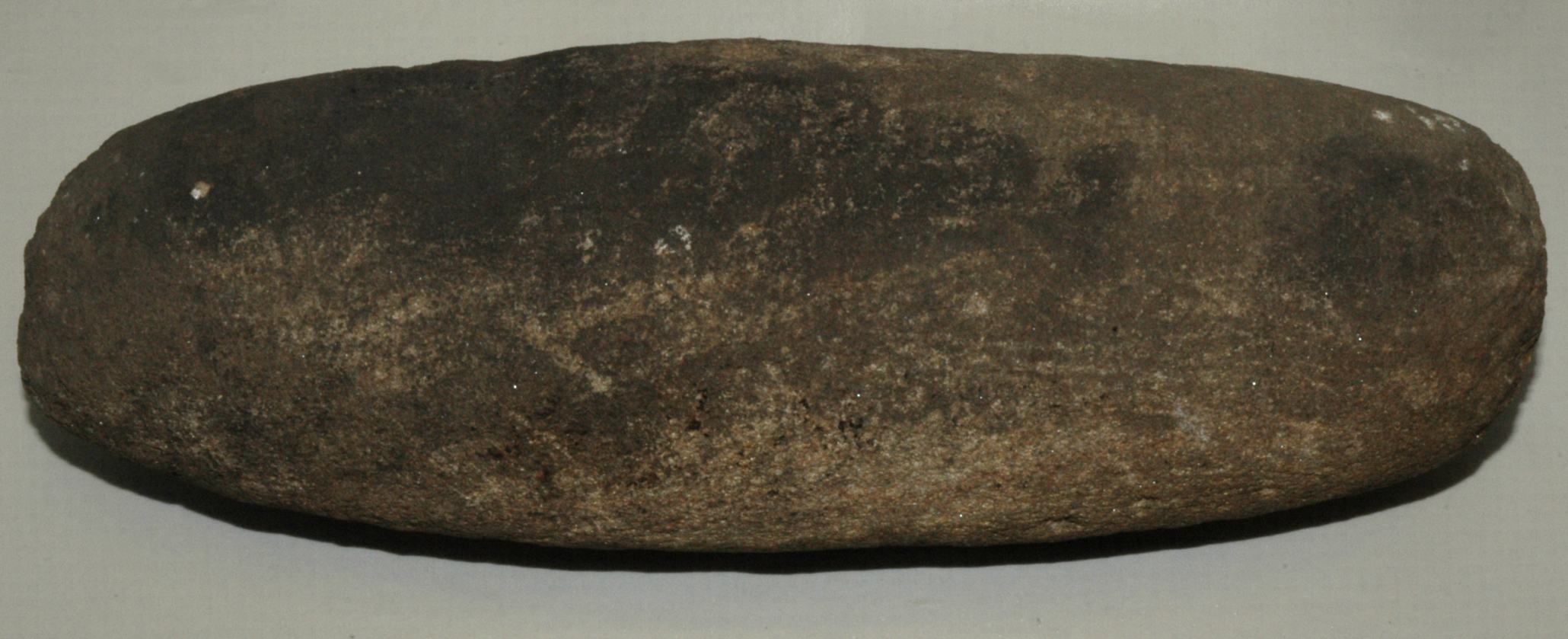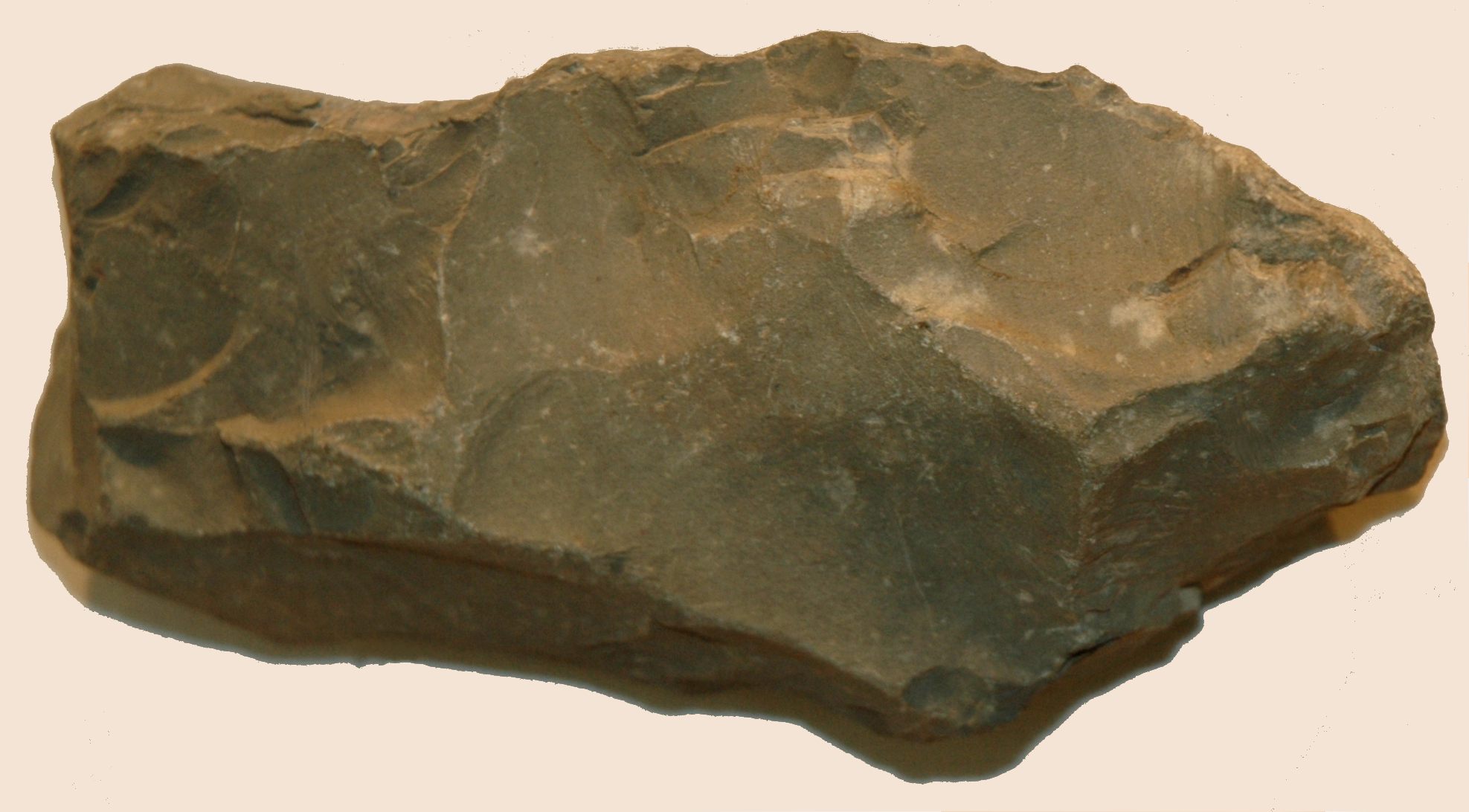Around 7000 BCE, Britain entered a new phase of history known as the Neolithic period, or New Stone Age. During this time, communities across the country — including in Huddersfield — began to settle permanently, grow their own food, and raise animals.
Unlike their Mesolithic ancestors, Neolithic people no longer relied entirely on hunting and gathering. Instead, they grew crops and kept domesticated animals, such as cattle and sheep.
However, hunting still played a part in their lives, especially in areas where wild animals were plentiful. They used their new tools, such as stone axes and arrowheads, to hunt more effectively in these regions.
In parts of southern Kirklees, such as the Dearne Valley and Holme Valley, evidence of ancient field systems and land clearance suggests early farming activity. These fields were likely created by burning and chopping down woodland, using stone axes to clear space for crops. This allowed the people to create space for farms.
Tools and Technology
Some of the most important tools used in this period were stone axes, often polished and shaped to a fine edge. Several Neolithic flint tools and polished axes have been found in the upland areas of Kirklees, especially around the Pennine moorlands near Holmfirth, Marsden, and Meltham.
Neolithic people invented new tools to help with farming and daily life. Stone axes were used to chop trees and clear land. Sickles, made from a curved wooden handle with sharp flint pieces, were used to harvest grain.
These tools were not only practical — they also showed a person’s importance or skill in the community.
These discoveries also suggest that Neolithic communities in Kirklees had links to wider trade routes, exchanging goods like axes, flint, and possibly pottery across Britain.
The presence of Langdale axe-heads in Kirklees is especially important. These axes were made from a distinctive greenstone rock found only in the Lake District, nearly 100 miles away. Their appearance in local finds suggests that Neolithic people in Kirklees were part of a network of long-distance trade. Moreover, these axes were not only tools but also status symbols, possibly used in ceremonies or rituals.


